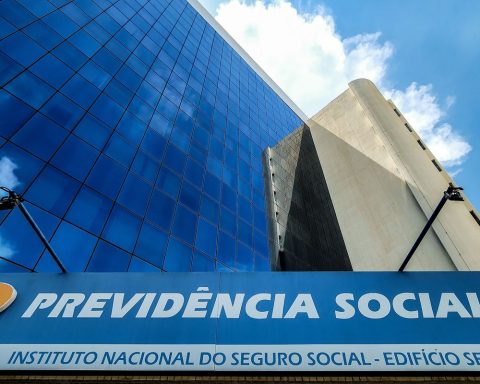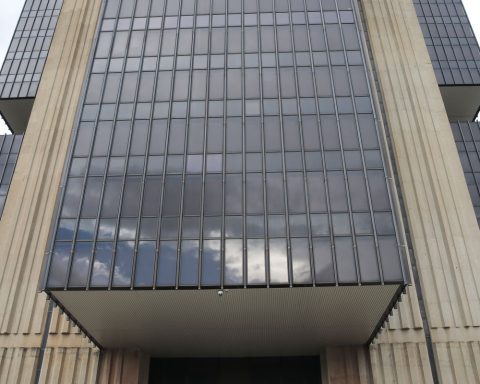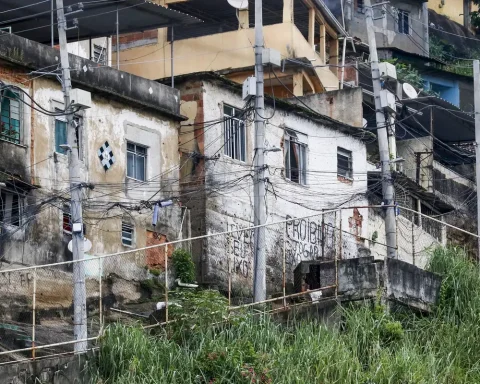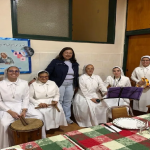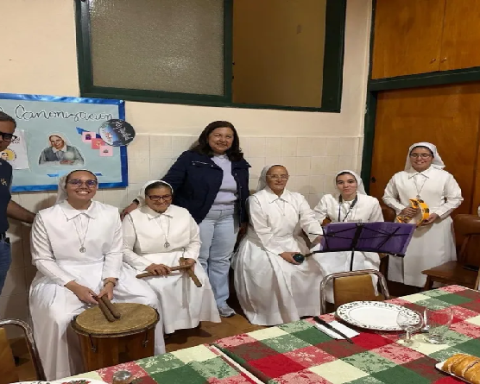The Special Environmental Protection Task Force (Gaema) of the Public Prosecutor’s Office opened an investigation to determine the responsibility of Usina São José S/A Açúcar e Álcool for the environmental damage that caused the death of tons of fish in the Piracicaba River and in the Tanquã Environmental Protection Area.
According to the Public Prosecutor’s Office, prosecutors Ivan Carneiro and Alexandra Facciolli Martins intend to verify the extent of the damage to the region’s aquatic ecosystems and what measures will be necessary to repair the damage. For the investigation, prosecutors have already requested that the plant, the Environmental Company of the State of São Paulo (Cetesb), the Environmental Police, the Rio das Pedras Police Station, the Municipal Water and Sewage Service (Semae) and the city governments of Piracicaba and São Pedro provide information about the case.
The altered odor of the river and the death of fish were noticed on July 7. The following day, Cetesb – the São Paulo agency responsible for the control, inspection, monitoring and licensing of pollution-generating activities – identified that the polluting source that caused the death of at least 3 tons of fish on the Piracicaba River, in the city of the same name, was the São José Plant, installed in the neighboring municipality of Rio das Pedras (SP).
In a statement, Usina São José reported that it will continue to collaborate with the authorities and that it will make a statement in the records.
Traffic ticket
On Friday (19), Cetesb concluded laboratory analyses of samples collected from the Piracicaba River. The company decided to impose a fine of R$18 million on Usina São José for the spillage of sugarcane residues with a high organic load, which reduced the oxygenation level of the water – reaching zero – and made aquatic life unviable. The substance was swept from Ribeirão Tijuco Preto to the Piracicaba River, reaching Tanquã along the river’s course where, due to the characteristics of the location, it accumulated and caused a new mortality event.
According to Cetesb, this incident resulted in the death of 235 thousand fish specimens, “in conservative estimates”, both in the urban region of the city of Piracicaba, which occurred on July 7, and in the Tanquã Environmental Protection Area, on July 15.
“Cetesb identified a direct relationship between the spillage of polluting substances (wastewater from the industrial process and sugarcane honey) by the plant and the two episodes of fish deaths. The penalty applied to the company has aggravating factors such as failure to report the spillage of polluting substances, the high volume of dead fish and the impact on an environmentally protected area, totaling R$18 million. In addition to the fine, Cetesb will establish technical requirements and corrective measures for the plant,” says a statement from the environmental company.
“The results of the laboratory analyses collected, the investigations and inspections carried out leave no doubt about the relationship between the spillage of polluting material from the São José Plant and the fish deaths that occurred on July 7 and 15,” said the acting CEO of Cetesb, Mayla Fukushima.
According to the company, an operation called Pindi-Pirá will remove the dead fish from Tanquã. The operation will be carried out by a task force that will be coordinated by the Environmental Military Police, with the participation of the Secretariat of Environment, Infrastructure and Logistics, the Forestry Foundation, Cetesb and the city of Piracicaba.
Oversight
This afternoon, a press conference was held by the city of Piracicaba, Cetesb and the Environmental Police.
During the press conference, the city government announced the publication of a decree to create a “Rio Platoon”, involving the Municipal Civil Guard in partnership with the Navy. The aim is to permanently monitor the water source.
Another measure announced is the creation, by the Piracicaba, Capivari and Jundiaí River Basins (PCJ), of three more river monitoring points (in Jaguari, Atibaia and Tijuco Preto) to constantly monitor water quality and identify occurrences of this type more quickly and efficiently.
The city government also said it hopes that the funds from fines imposed on the plant will be used to repopulate the river and support riverside residents. “These people will suffer greatly over the next five years because there will be no way to do tourism or sell their fish. We need to give these riverside residents some financial help,” said the mayor of Piracicaba, Luciano Almeida.
In the interview, authorities stated that 3 tons of fish have already been collected from the Piracicaba River, but an operation is still needed to remove the dead animals from the Tanquã area.
Other side
Wanted by Brazil AgencyUsina São José informed that it will remain at the disposal of the authorities and that it will spare no effort to “collaborate fully with Cetesb, the Environmental Police and the Public Ministry”.
Regarding the Cetesb report, the company said it is evaluating the content of the decision, as well as its possible consequences. “To date, the company has not received evidence that demonstrates a causal link between its operations and the fish deaths recorded along the Piracicaba River and in Tanquã,” the plant said.
In a statement, it cited some points that need to be clarified, such as the Environmental Police inspection report from July 8, which concluded that there had been “no evidence of environmental damage during the inspection” and that it indicated the existence of a storm drain under the Funil Bridge that was “discharging a persistent liquid with a high volume, yellowish color and a strong odor, through a 10-inch plastic pipe”. This location, the plant said, would be between the cities of Limeira and Santa Bárbara d’Oeste, 12 kilometers away from its unit and, according to Usina São José, was not considered in the final report.
“The report in question points to the ‘release of dark-colored effluents with a characteristic sewage odor’ and the ‘transportation of floating material’ at the outlets of effluent treatment plants in Ribeirão dos Toledos, in Santa Bárbara d’Oeste, but does not investigate the matter in depth,” the plant questioned.
The São José Plant also pointed out that its activities were interrupted between 2020 and May 2024, but that, in the last ten years, there have been at least 17 occurrences of this nature in the region. “The plant does not produce ethanol and, therefore, does not generate vinasse, a byproduct present in several of the previously registered cases,” it wrote in a note.

